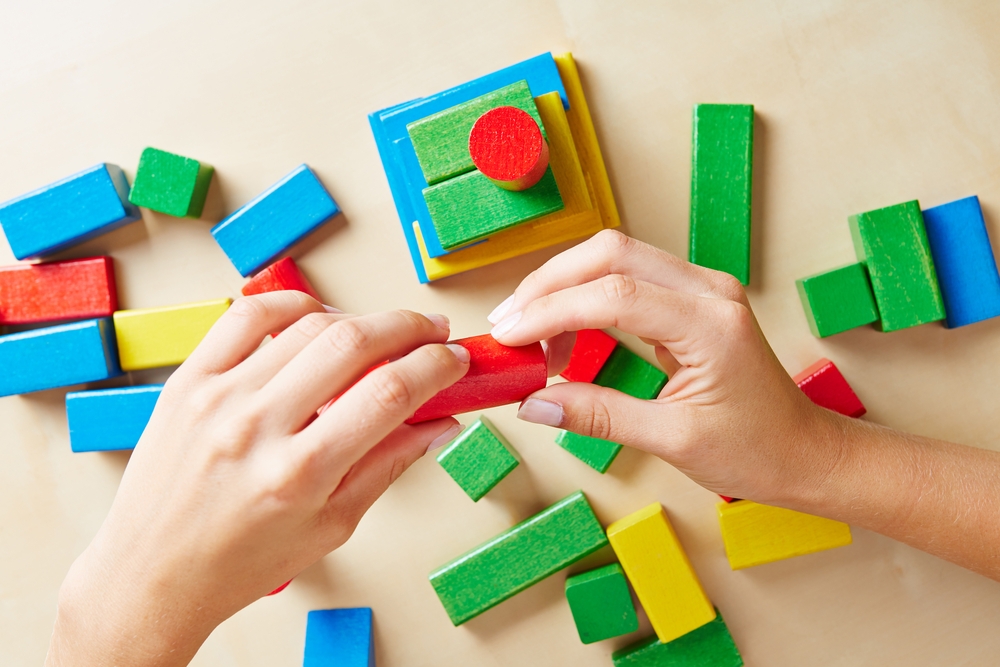How to Build An Irresistible Product in Three Steps

What does it take to make great products that people love? Hard work and innovation are obvious requirements, but the best products are built with customers’ needs in mind. As I discussed in my first post, however, thinking that your product is customer-driven versus actually knowing that it is are completely different. At Inkling, getting from thinking to knowing requires a three-step product development cycle, throughout which we identify and validate our hypotheses. Validation is key. Before committing to building any product or feature, we make sure that we answer three main questions as part of this product development cycle:
- Market research: “Who are we building this for?”
- Product discovery: “Why should we build this, and what problem are we solving?”
- Implementation discovery: “How will it be used?”
Step One: Market Research
Identifying a target market is the first step in the product development cycle. During this stage, we explore the market we want to address: how big is it? How much of that market could we capture? Industry reports and competitive analysis play a huge role in this initial stage–we seek out rising trends, technical and social aspects of our market, and compare our product with relevant competitors.
Step Two: Product Discovery
Product discovery starts with an idea (for example, Inkling Habitat users want to be able to create interactive widgets for their digital content quickly and easily) and a number of hypotheses about that idea. Then, our product, design and engineering teams work together to prototype and put those ideas in front of customers and end-users for validation. As part of this process, we try to make sure that we understand a customer’s assumptions about their users before we start designing so that we make sure we’re actually designing the product for the right people. The cycle is iterative: if we find that our hypothesis has been invalidated, we’ll move on to a new idea until we determine what will solve the problem we’ve identified. If the idea is validated, we move onto the final stage: implementation discovery and delivery.

Step Three: Implementation Discovery
Once we’ve determined that the product or feature solves an actual problem, we refine our product and begin a process of implementation discovery. This stage ensures that the solution, useful and usable for customers, and feasible to produce on our end. Our design team focuses on the visual and interaction design, while the engineering team determines the architecture necessary to build the product or feature. This iterative process focuses on a solid user experience and robust implementation that allows us to pinpoint issues and iterate quickly.
And Don’t Forget Usability!
Once we’ve completed this cycle, we don’t just ship and release. Instead, we ensure that each new product or feature passes a rigorous usability test before we consider it finished. Our frequent usability testing sessions provide us with valuable insights into where users have difficulty performing specific tasks, and we use that feedback to continue improving our product. By talking to real users and learning where they get stuck, we’re able to identify and fix issues more quickly, and with the assurance that we’re making our products better.
The Bottom Line
Using this process, your customers help guide product development, leading you to insights and features you hadn’t thought of, while ensuring usability and usefulness along the way. Creating an irresistible product takes a lot of hard work, but by validating your key ideas and iterating on those ideas based on customer and end-user feedback, you’re guaranteed to build a product your customers–and future customers–will love.
